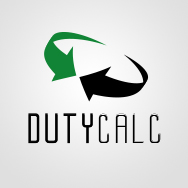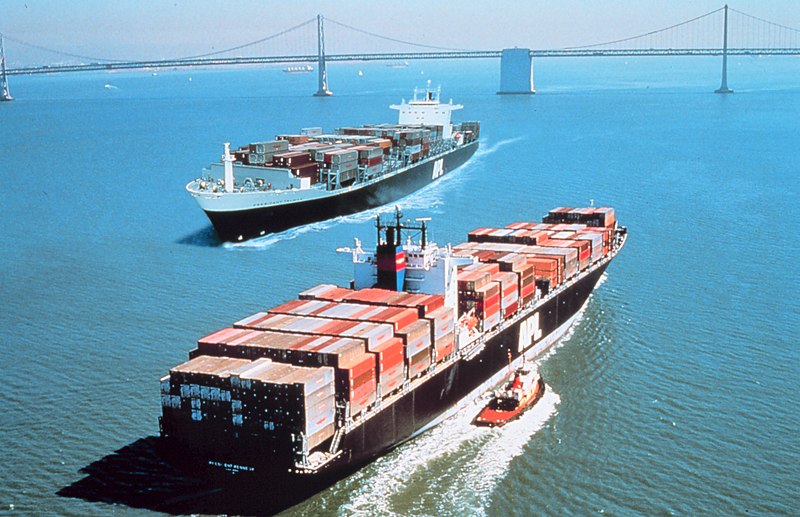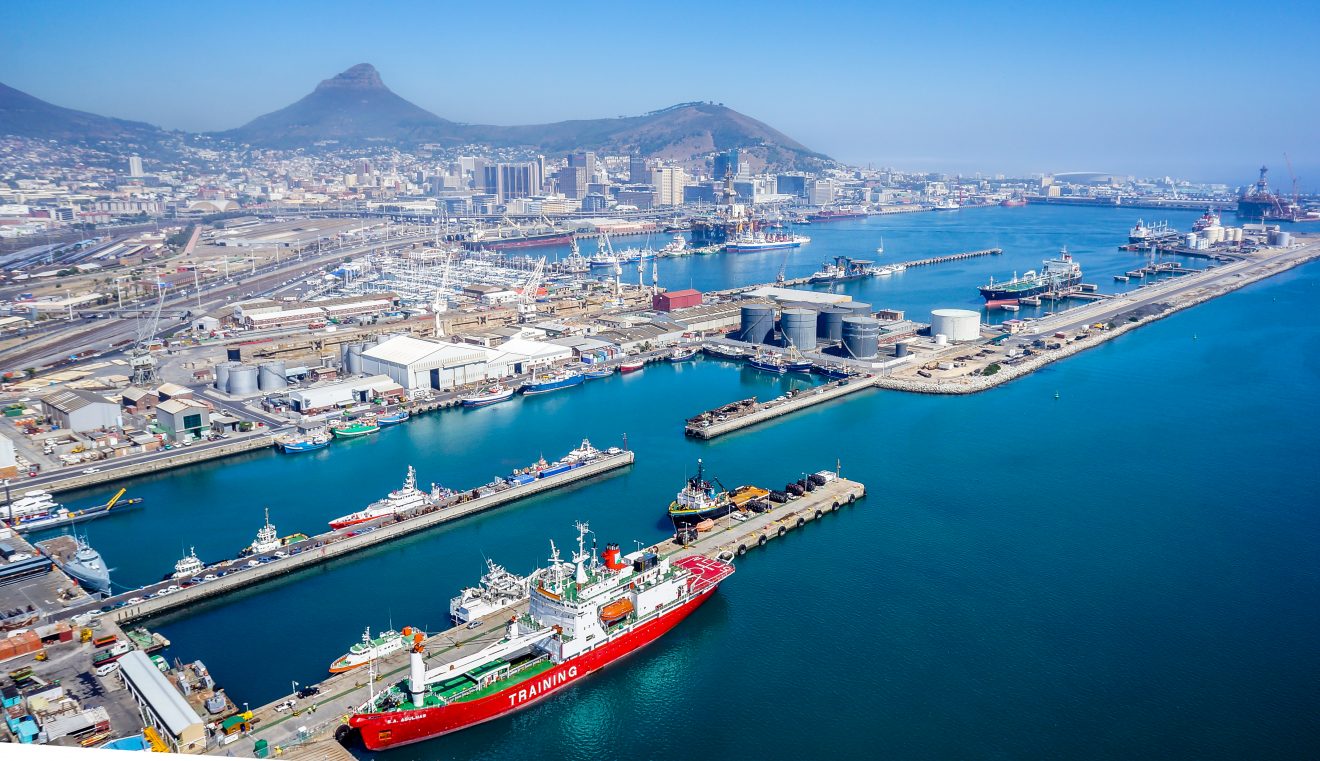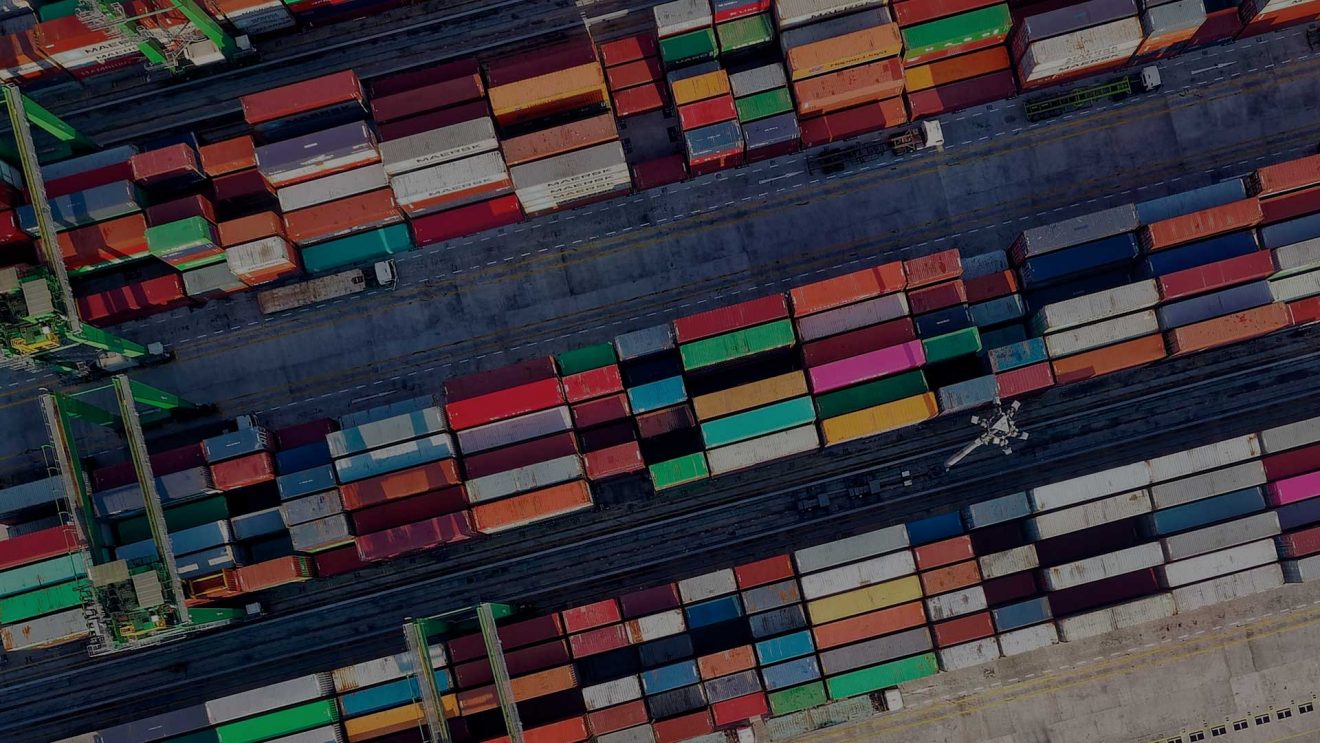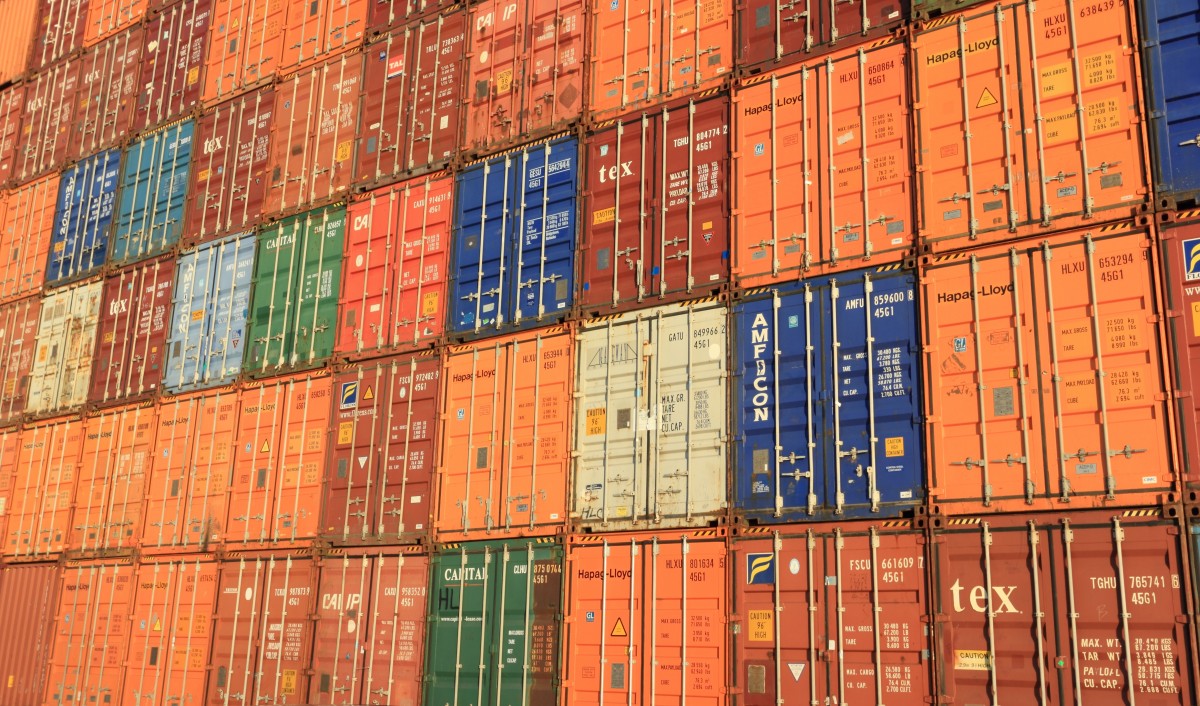Navigating Duty Drawback
Duty Drawback Software | Import Export Consulting | Processing Filing | Full Service
What is Drawback
Contact Us
The war in Ukraine continues to impact the global economy as changes in other countries are beginning to happen. For example, recently we have seen a global food crisis as Russia is blocking vital fertilizer exports that are needed by farmers elsewhere. This restriction then caused China and its firms to stop selling fertilizer to other countries in order to preserve supplies at home. Because China is a massive producer, consumer, and trader of thousands of essential goods across the globe (like fertilizer), the impact of such restrictions are being felt everywhere.
Steel is another example. China is a huge supplier of steel and they were once accused of generating overcapacity, with its low-priced exports forcing steelmakers out of business in the United States and Europe. Now, China is imposing export restrictions on steel which has triggered higher prices worldwide and has added more unwelcome pressures to inflation. China Steel Corp., the nation’s largest steelmaker, said at the end of Q1 that they were raising steel prices 5.83% on average for shipments in Q2 to reflect the cost hikes caused by economic sanctions against Russia.
Fertilizer and steel are only two goods where we have seen big changes. Step away from actual products and we still have problems like supply chain issues and global logistics. There are still not enough people to help unload the docs. Import and export businesses are struggling to get in and out of Russia and Ukraine. Everything from actual goods to worldwide logistics has been negatively impacted by the war.
All countries will continue to feel the lasting impact by this war and unfortunately the longer the war goes, the harder it will be to recover. For more information on the war in Ukraine stay updated here on our monthly blog.
Importing and exporting between nations is complex. It is very time-consuming and requires expertise to ensure your business maintains profit margins, complies with international regulations, and fulfills customer demands efficiently. As you may know, there are costs of customs duties. What you may not know is how to navigate what is known as duty drawback. Duty drawback is an opportunity for reimbursement on customs duties and taxes. Today we are going to go over a few of the best things you can do to navigate and maximize your duty drawback.
There are many forms that will need to be filled out to start the duty drawback process. A few examples include proof of duties paid, an entry summary, the proof of import, and the proof of export. Forms such as these can stack up and often get lost. The best thing you can do is get organized and stay organized. Maintaining organized and complete records is essential to getting your money back. If you want to apply for duty drawback and maximize the amount you get, make record-keeping your number one priority.
Another thing you should know is that legally, only the exporting company of record is entitled to receive the drawback. As an exporter, you can endorse the drawback rights back to the manufacturer if you are two separate entities.
Lastly, do not bank on getting your drawback right away. Once your drawback claim is under CBP review, it can take several years before everything is complete. You can receive money faster by getting pre-approval from the CBP through the accelerated payment program and this will allow you to get your money back in as little as a few weeks but just remember that duty drawback is not a process with a quick turnaround time.
There is so much to know about duty drawback that it can be tough to navigate. Use these tips to help get you started and if you have any more questions please reach out to the experts here at Duty Calc. We are here to help.

